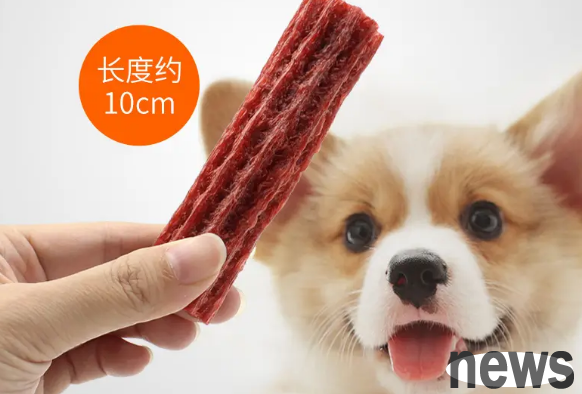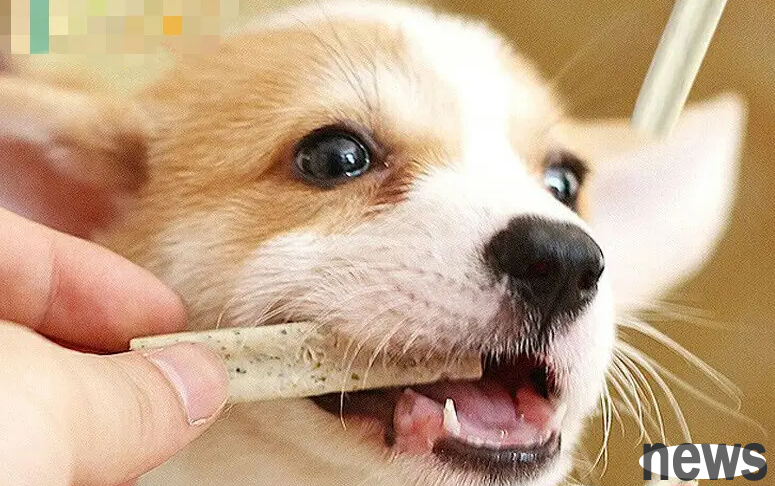Dogs’ favorite thing is teething sticks, but not all dogs can eat teething sticks. They need to reach a certain age. So how old can a puppy eat teething sticks? Generally speaking, when puppies are in the teething period, their gums will itch due to...
Dogs’ favorite thing is teething sticks, but not all dogs can eat teething sticks. They need to reach a certain age. So how old can a puppy eat teething sticks?

Generally speaking, when puppies are in the teething period, their gums will itch due to teething, and they may want to bite things. Therefore, dogs can generally eat molar sticks when they are three months old. Teething sticks can not only relieve the discomfort of your dog's teeth, but can also eliminate dental plaque, remove tartar, remove bad breath and clean the mouth.
Puppies younger than three months old have weak intestinal functions and poor digestion of hard foods such as teething sticks or snacks, which may cause diarrhea after eating. Diarrhea may reduce the puppy's immunity, thereby increasing the chance of contracting infectious diseases and affecting the dog's normal immune program. Therefore, teething sticks are recommended for use when the dog is three months old.

You need to pay attention to feeding molar sticks. Although some puppies like to eat molar sticks, they should not chew too much at one time to avoid indigestion, constipation or diarrhea. When the dog is in the molar period, you can feed it a molar stick a day, or give it a molar stick once every other day. If it is normally used to prevent dental calculus, you can give the dog a molar stick once a week.
The chewing time of the molar stick should not be too long each time. You can chew for a while and then let the dog rest for a while. Long-term chewing can easily damage the dog's teeth and gums. In addition, the hardness of the molar stick should not be too hard for puppies to avoid damaging the tooth enamel.